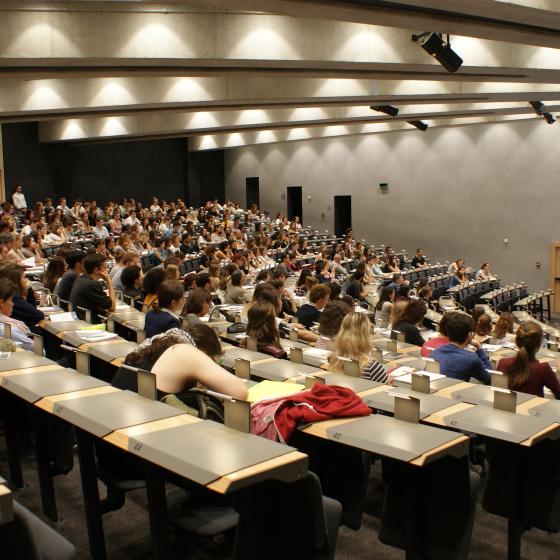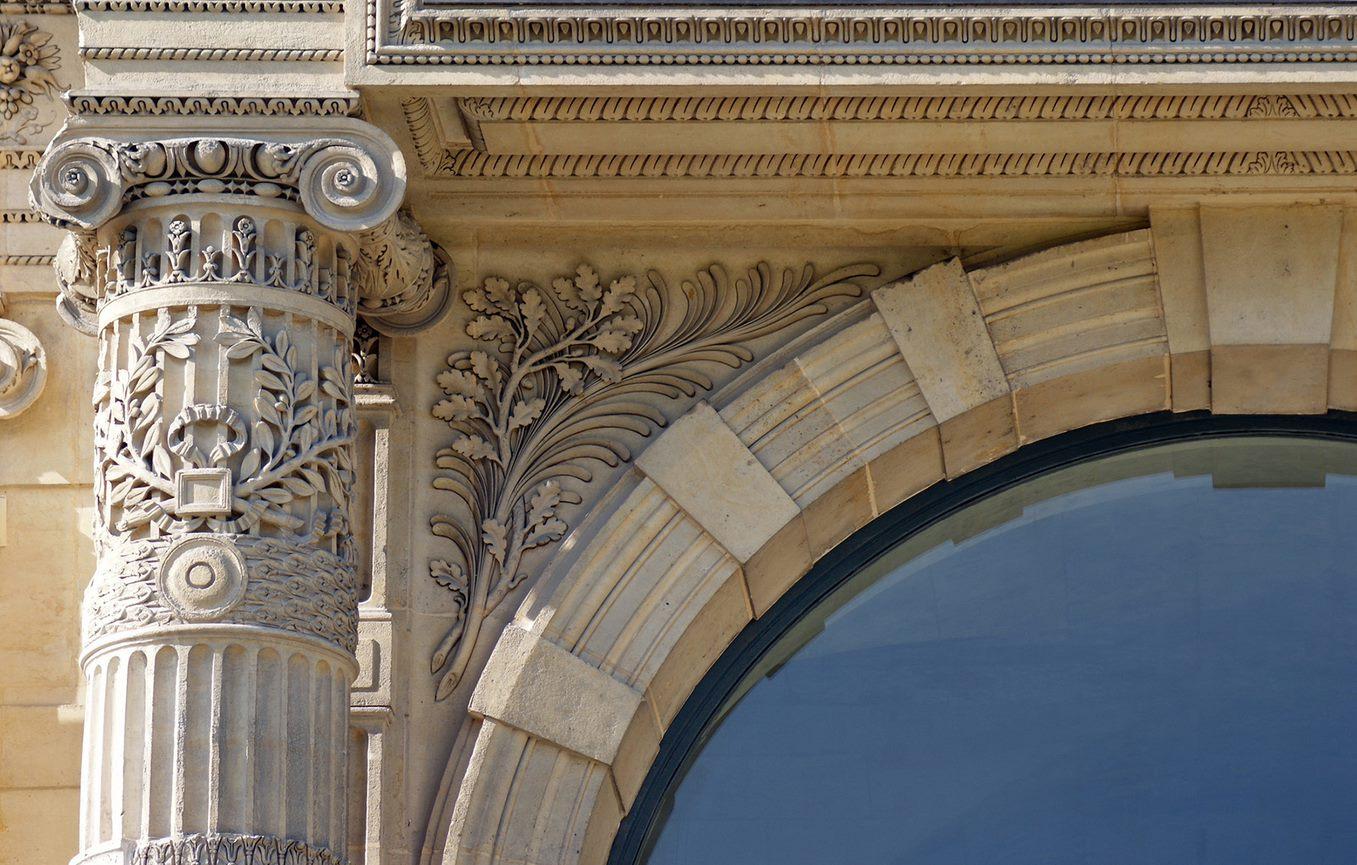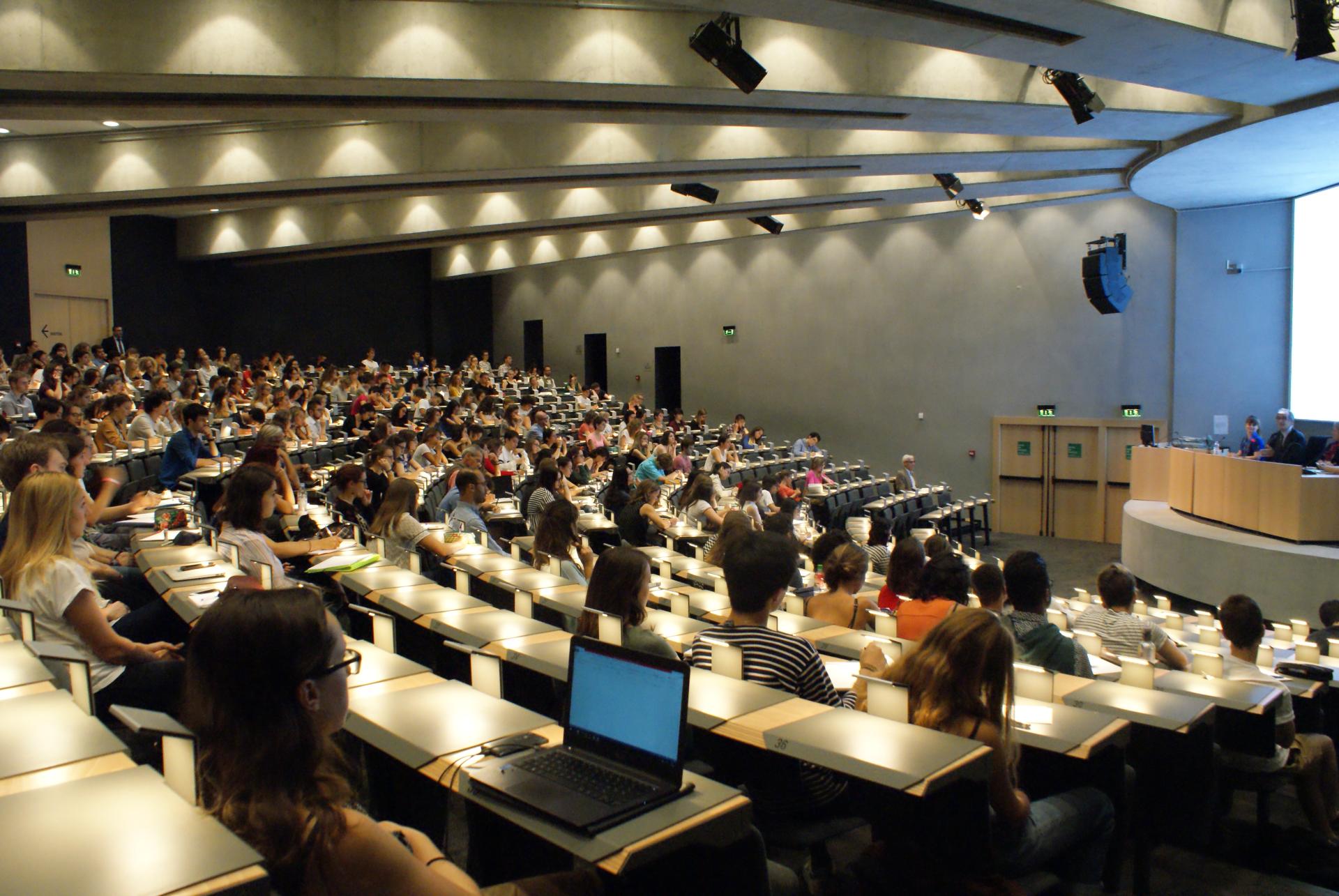
Third year
Back to school day
Tuesday 10 September 2024 2PM À Paris, en amphiSommaire
Introduction
The third year of undergraduate studies at the École du Louvre focuses primarily on art of the 17th, 18th, 19th and 20th centuries, but also includes courses in arts and folk traditions, and African and Oceanic art. There are also cross-disciplinary introductory courses in iconography, museology and creative techniques. At the same time, students can take specialty courses and any complementary courses they wish.
Courses
- art of the XVIIth century
- art of the XVIIIth century
- art of the XIXth century
- art of the XXth century
- Arts and folk traditions
- African arts
- Oceania arts
- iconography
- initiation to museology
- creative techniques
- centre Georges Pompidou
- château de Versailles
- cité de l'architecture et du patrimoine
- musée de l'Orangerie
- musée des Arts décoratifs
- musée du Louvre
- musée du Petit Palais
- musée du Quai Branly-Jacques-Chirac
- musée d'Art Moderne de la ville de Paris
- musée Rodin
- Odéon
- opéra Garnier
Listed below are the undergraduate specialties available:
- 20th century art
- African art history
- Anthropology of heritage
- Archaeology of Gaul
- Archaeology of pre- and proto-historic Europe
- Oriental archaeology
- Architecture, decor and furnishings of grand residences
- Art and archaeology of India and the Indianized countries of Asia
- Contemporary art
- Art history and archaeology of the Etruscan and Italic world
- Art history and archaeology of the Roman world
- Arts of Oceania
- Arts of the Americas
- History of Western architecture
- History of art in the 19th and early 20th centuries
- History of Egyptian art and archaeology
- History of fashion and clothing
- History of painting (French school)
- History of painting (foreign schools)
- History of photography
- History of medieval, Renaissance and modern sculpture
- History of Greek art and archaeology
- History of prints
- History of the arts of Byzantium and Christianity in the East
- History of the arts of the Far East
- History of Islamic art
- History of the decorative arts
- History of cinema
- History of drawing
- Military heritage and archaeology
- Natural, technical and industrial heritage
Listed below are the complementary courses available in the undergraduate program:
The teaching of foreign languages in year 3e takes the form of tutorials in front of the works. The aim is to encourage immersive learning of modern languages within the disciplinary field of the curriculum. Following the example of the courses given by language assistants in the European system, the pedagogy encourages strong interaction and participation thanks to a native teacher and direct exchanges favored by small groups. Playing on spontaneity and curiosity, training aims at uninhibited oral practice, learning specialized vocabulary (in the field of art history, museography and techniques), while deepening knowledge of a specific area of the discipline.
Courses can be taught in English, German, Spanish and Italian. Arabic can be taken by students enrolled in the 2nd year introductory course (classroom teaching).
Information documents

How to apply?
There are three access routes for enrolling in undergraduate training at the École du Louvre, whether for first-, second- or third-year enrolments.
The three access routes offered to candidates for undergraduate training at the École du Louvre are the competitive entrance exam (with Parcoursup pre-selection) for first-year access, the literary test bank for third-year access, and application on file by equivalence for second- or third-year access.

